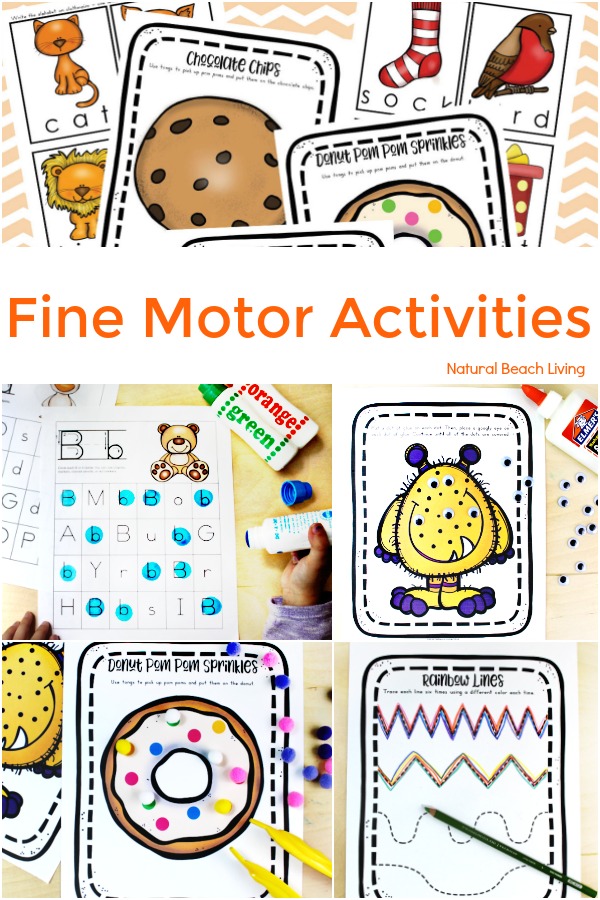40+ Fine Motor Activities for Kids
Fine motor skills are essential in children’s growth and development as they lay the foundation for various daily activities. From early childhood, fostering these abilities allows little ones to perform tasks like writing, buttoning a shirt, or handling small objects with accuracy and ease. If you’re a parent or educator, understanding fine motor skills and integrating related activities into children’s playtime is a proactive step in nurturing their hand-eye coordination, dexterity, and overall independence.
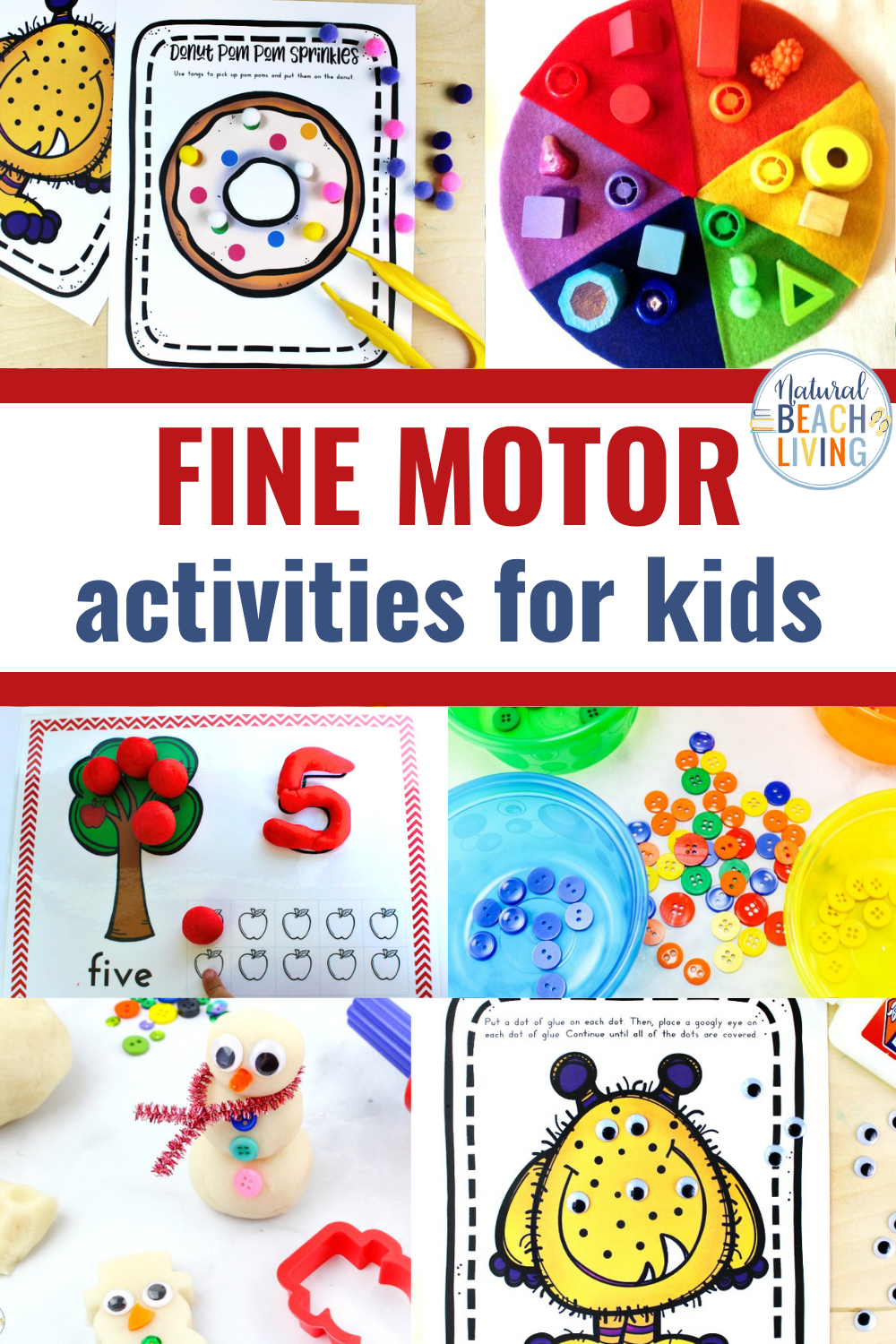
Fine Motor Activities for Kids: Boosting Skills Through Play
Introducing fine motor activities to kids can be both educational and entertaining. These activities are designed to improve the small muscle movements in the hands and fingers in coordination with the eyes. Simple yet creative tasks such as playing with play dough, threading beads, or cutting shapes engage children and enhance their skills in a playful and enjoyable manner.
Incorporating these activities into regular routines ensures that kids develop these vital skills while exploring and learning about the world around them, whether in a classroom setting or at home.
By consistently involving children in fine motor activities, you can contribute significantly to their ability to tackle more complex tasks as they age.
Choosing activities that match a child’s developmental stage and individual capabilities is important to keep them challenged but not frustrated. Remember, the aim is to make skill acquisition a fun and rewarding experience that seamlessly blends with their natural inclination to play and discover.
affiliate links can be found on this blog at no cost to you.
Fine Motor Skills
Here, you’ll learn fine motor skills, recognize their associated developmental milestones, comprehend their importance in growth, and learn how they are assessed through observation.
Defining Fine Motor Skills
Fine motor skills are the ability to make movements using the small muscles in your hands and wrists. These skills are crucial for performing everyday tasks such as writing, using tools, and handling small objects. For children, this includes actions like coloring, cutting with scissors, and assembling building blocks.
Developmental Milestones
As children grow, they reach certain developmental milestones related to their fine motor skills. These milestones begin with simple reflexes and progress to complex movements:
- Birth to 6 months: Clutching and releasing objects
- 6 to 12 months: Transferring objects from one hand to another
- 1 to 2 years: Building towers with blocks, using utensils
- 2 to 3 years: Drawing straight lines and circles, beginning scissor skills
- 3 to 4 years: More complex drawing including shapes, dressing independently
- 4 to 5 years: Writing letters, more advanced craft activities
Importance for Growth
Fine motor skills are essential for a child’s overall development and independence. They lay the foundation for academic skills like writing and cutting and life skills like buttoning clothes or brushing teeth.
With solid fine motor skills, a child may be able to handle self-care and school activities, which could affect their confidence and learning process.
Assessment and Observation
Educators and healthcare professionals use various methods to assess and observe fine motor development. This can include:
- Watching how a child uses tools like crayons and scissors
- Noting the child’s ability to dress and feed themselves
- Structured activities that reveal coordination and dexterity
Assessing these skills makes it possible to identify delays or issues early on and provide necessary interventions to aid development.
Click here to check out this Bird Theme. It is packed full of different fine motor activities.
Fine Motor Activities for Preschoolers
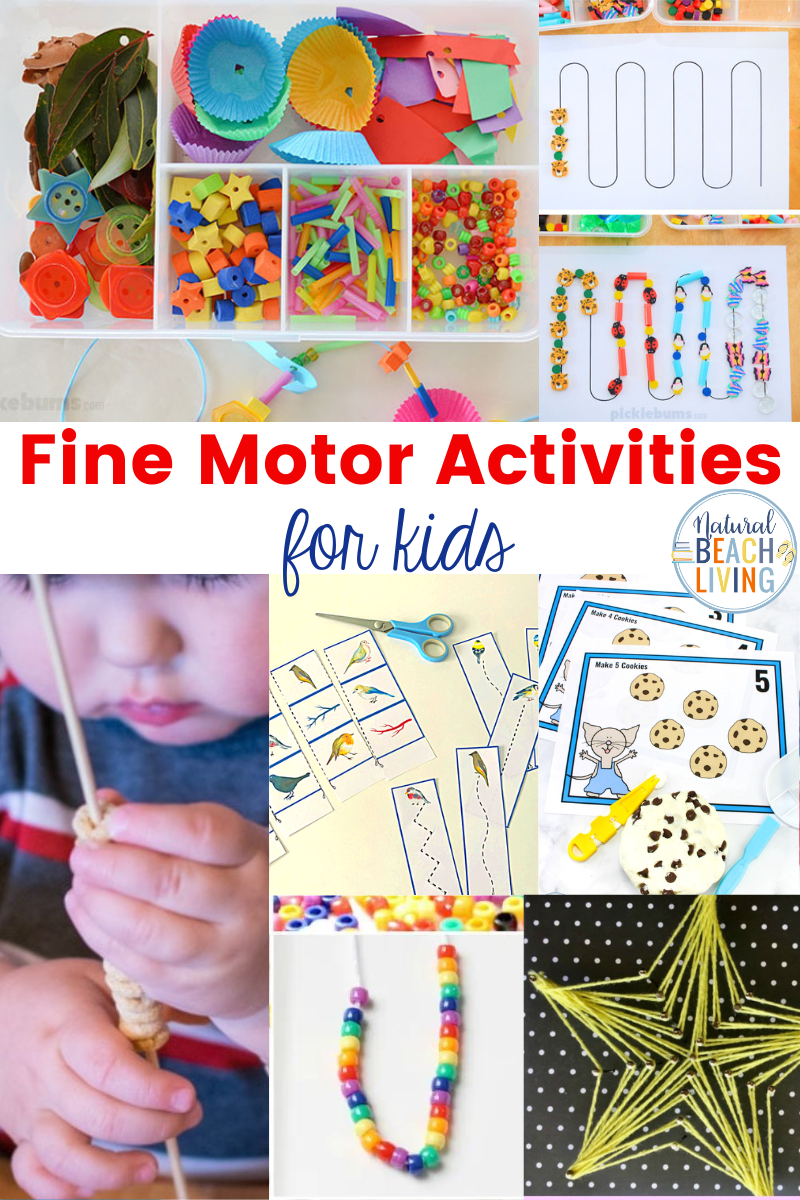
Activities for Kids
Fine motor skills development is crucial for young children, and engaging in various types of activities can foster this growth. Let’s explore some specific activities that cater to honing these skills.
Crafts and Artwork
Engaging in crafts and artwork is an excellent way for children to enhance their fine motor skills. Activities like cutting paper into shapes using child-safe scissors or creating dot art with paint dotters, strengthen hand-eye coordination and dexterity.
Simple craft activities also encourage precision and following sequences. For structured activities that promote these skills, such as handwriting activities and alphabet activities, consider some fine motor activities for preschoolers.
Building and Construction Play
Children can improve their fine motor skills by manipulating small objects through building and construction play. Children can practice grasping and stacking using blocks or interlocking toys, which are critical for hand muscle development.
Encourage them to build towers, bridges, or elaborate structures requiring careful placement and balance.
Puzzles and Sorting Games
Puzzles and sorting games are perfect for developing problem-solving skills and finger dexterity. These activities require children to recognize shapes and colors, match pieces, and fit them into the correct spaces.
Activities can range from simple peg puzzles for younger children to more complex jigsaw puzzles for older children, promoting focused attention and patience.
Dressing and Bead Stringing
Introduce dressing frames and bead stringing to help children master self-help skills and precise hand movements.
Dressing frames simulate clothing fastenings, like buttons and zippers, providing a practical way for children to practice these everyday fine motor tasks. Bead stringing, involving threading beads onto a string or lace, is also an excellent activity for developing grip strength and coordination.
Children can develop the fine motor skills necessary for daily living and academic tasks through these targeted activities.
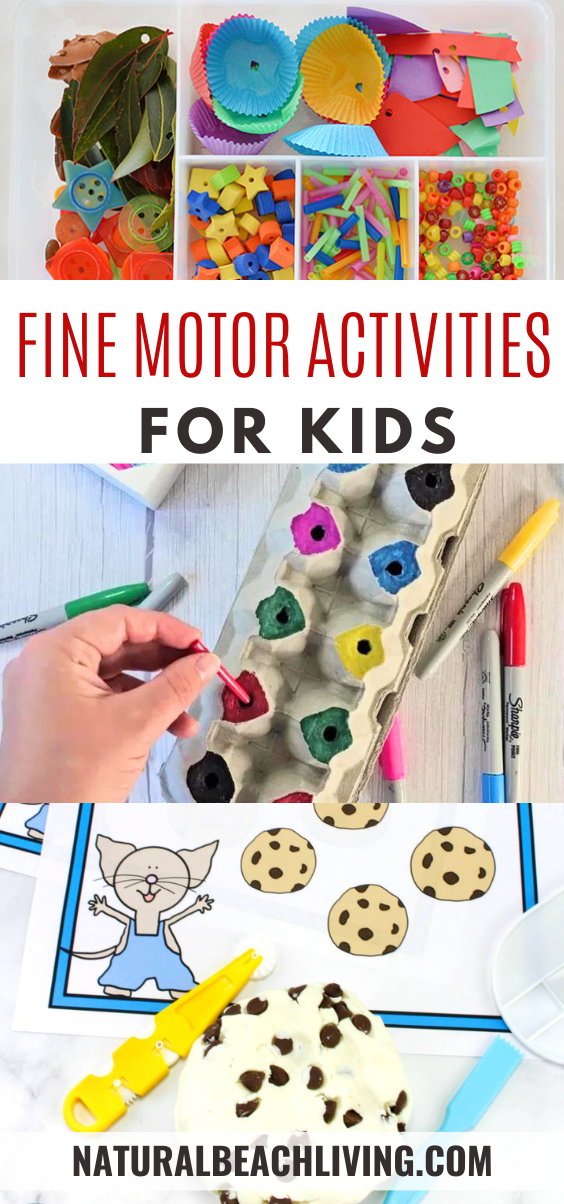
Creating a Learning Environment
Setting up a conducive environment is crucial to nurture the development of fine motor skills in children. This involves intentional space setup, appropriate tools and materials provision, and safety.
Space Setup
You’ll need a quiet and well-lit area where children can focus without distractions. The space should be organized with easily accessible shelving or containers. This promotes autonomy as children select materials for their activities.
Tables and chairs should be sized appropriately for the children to ensure their feet can touch the floor and their forearms rest comfortably on the table, promoting proper posture for fine motor tasks.
- Organization: Use clear, labeled containers for materials.
- Furniture: Ensure ergonomic sizing for child comfort.
Appropriate Tools and Materials
Choosing the right tools and materials is essential for developing fine motor skills. Supply a range of age-appropriate items that children can manipulate with their hands. Items such as crayons, markers, playdough, and building blocks are foundational.
It also includes task-specific tools like safety scissors for cutting practice or bead threading sets for coordination.
- Art Supplies: Crayons, markers, and paintbrushes.
- Manipulatives: Playdough, building blocks, and puzzles.
Safety Considerations for Kids
As with any child-centered environment, safety is paramount. All tools and materials should be non-toxic and free from sharp edges. Supervise activities requiring more precision or posing potential risks, like scissors. Regularly check materials for wear and tear to prevent accidents, and keep the space clean to avoid clutter-related mishaps.
- Supervision: Monitor the use of sharp tools.
- Maintenance: Regularly inspect materials for safe use.
Fine Motor Activities for Toddlers and Preschoolers
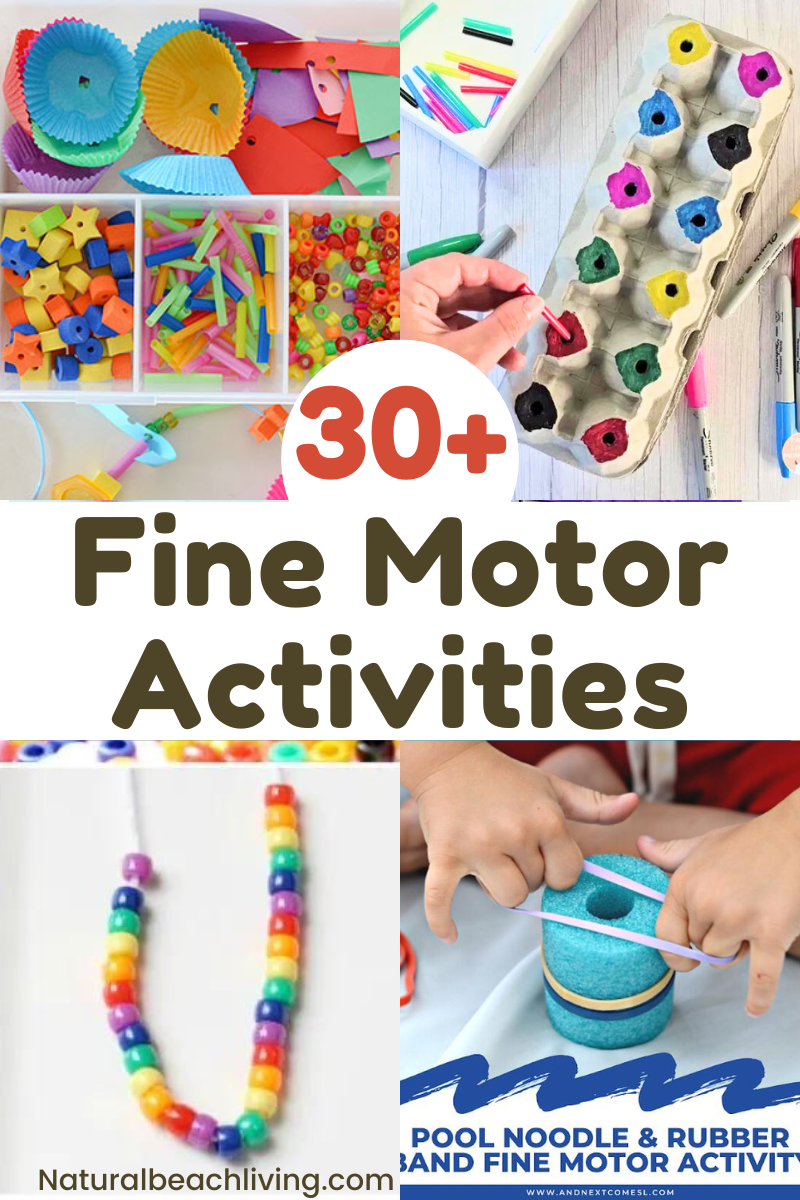
Fine Motor Skill Activities
A simple rubber band fine motor activity for kids using pool noodles.
A DIY Egg Carton Color Sort Activity is a great way for children to practice life skills through hands-on play.
String art for kids is a different way for kids to look at art, have fun crafting, and work on all of those fine motor skills that ultimately help with handwriting!
This Banana Leaf scissor skills activity is a fun hands-on, and engaging approach to fine motor skills.
These free printable loose parts pattern mats are a fun and easy way to work on fine motor skills for preschoolers and older children.
These upper and lower case matching lacing cards are great for developing fine motor skills and hand eye coordination.
Here’s a fun apple craft in which you “sew” an apple together. This craft is awesome for practicing fine motor skills, which will help with handwriting later on.
You’ll love this simple fine motor skills play dough window art activity. It’s quick to set up and super engaging for toddlers and preschoolers.
This spider craft with pipe cleaners will tie in fundamental skills and keep your kids happy.
Turn snack time into learning time with this fun Cheerios fine motor snack and use their fine motor skills to reach their snack.
This taped toy activity is easy and fun for toddlers through elementary children.
a fun fine motor activity with shapes, bandaids, and baby dolls.
Threading activities are easy to set up and you can collect a whole range of items you can collect for little hands to thread with. Try some of these fun threading ideas with your kids.
You don’t need much to complete this super-simple stringing beads fine motor practice activity!
Easy Fine Motor Activities for Kids To Do at Home
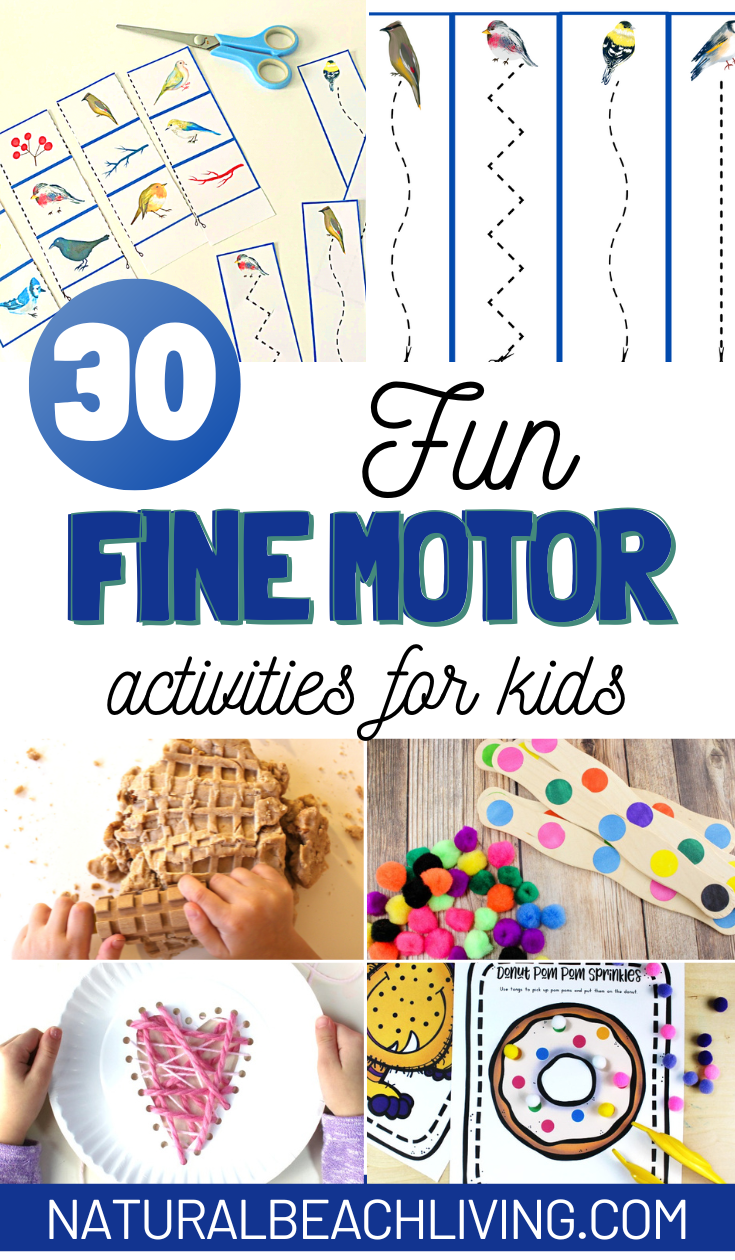
Tips and Strategies for Fine Motor Activities
In this section, you’ll learn proven methods to weave fine motor skill development into everyday life, adapt these activities for children of different ages, and keep track of your child’s progress effectively.
Incorporating Daily Activities
You have numerous opportunities to enhance your child’s fine motor skills through routine tasks.
- Dressing: Encourage self-dressing to practice zipping, buttoning, and snapping.
- Mealtime: Use fingers or utensils of varying sizes to challenge grip and control.
Adapting Activities for Different Ages
Adjust the difficulty level of fine motor activities to match your child’s developmental stage.
- Toddlers: Simple stacking games or large bead threading can improve grip and hand-eye coordination.
- Preschoolers: More complex activities like cutting with child-safe scissors or tracing shapes can refine their dexterity.
Tracking Progress
Monitoring your child’s improvement can be both motivating and informative.
- Charts: Create a simple chart to log milestones in various fine motor skills.
- Observations: Regularly note how your child interacts with objects and any new skills they exhibit.
Printable Fine Motor Activities
